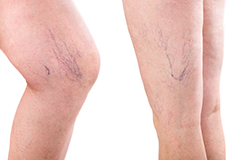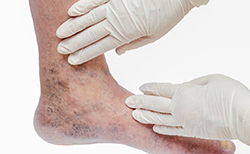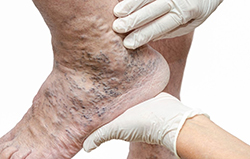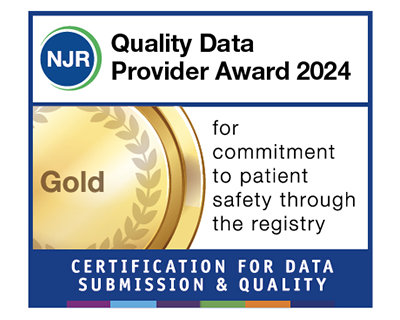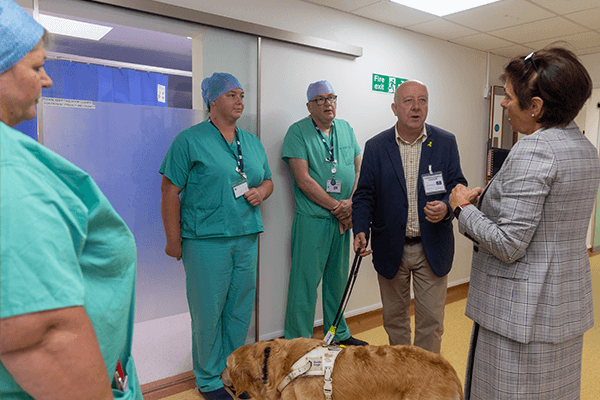Micro-Sclerotherapy

Figure 5 – Mr Rob Windhaber injecting spider veins in a patient who had underlying varicose veins. Note that initially the veins disappear as all the blood is displaced by the sclerosant.
This is by far the most effective treatment for the majority of patients with leg spider (thread) veins. Using a syringe and a tiny needle, a small amount of sclerosant solution is injected into the thread vein to empty it of blood.
The solution is a special form of detergent that removes the lining of the vein and causes the vein walls to become irritated and stick to itself, closing it shut and preventing it from filling up with blood again.
Sometimes a single injection will remove more than one vein, but it is common to need several injections to clear all the veins, and some veins may need injected on more than one occasion.
The limit to the number of injections that you can have in a single treatment depends on the amount of solution injected, and in many cases, you will require more than one treatment session.
Following the injections your legs you may be asked to wear a compression stocking to help heal the veins. This is normally done for 1-2 weeks after treatment.
The treatment is rarely painful; however, some people experience a mild to moderate burning sensation immediately after the injection, but this usually only lasts a few seconds.
Following injection, the thread veins will often appear red for a few days and will then become darker and more obvious than pre-treatment before slowly fading over a few weeks or months.
There is no requirement to follow a specific exercise after thread vein injection.
Are there any side effects or complications from sclerotherapy?
While most patients experience no problems after injection of thread veins, there are some minor side effects reported. The commonest is slight swelling, redness, or bruising which occurs as a reaction to the injection. This occurs immediately after the injections but usually subsides over a few days.
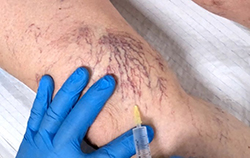
Figure 6a – The same patch of spider veins pre-injection
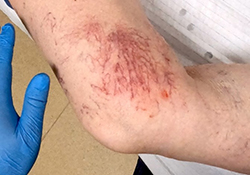
Figure 6b – The area a few minutes after injection showing the inflammatory reaction associated with successful treatment.
Sometimes clotted blood gets trapped in the veins leaving a dark mark that may take several
months to fade. It is frequently possible to speed up the disappearance of marks like these by removing the trapped blood from the vein with a syringe and needle when the blood softens 4-6 weeks after injections.
Occasionally a small dark area of pigmentation resembling a freckle may remain, or the vein may be replaced with a brownish stain in the line of the vein. This normally fades completely but takes months rather than weeks to fully resolve.
Allergic reactions to the chemical used to carry out the injections can occur but are extremely rare. Very rarely the solution can leak out of the vein and cause ulceration of skin at the injection site that can lead to scarring, but every precaution is taken to prevent this from happening.
How good is micro-sclerotherapy treatment?
Whilst sclerotherapy is very good at treating spider veins, it is important to understand that the leg will look worse before it heals, and the veins disappear.
Although the treated veins should not recur, new thread veins can appear after treatment, and you will have been warned that not every visible vein will disappear following injection.
This treatment has no effect on the development of varicose veins of the leg. Further thread veins can however be dealt with in the future if required, and many patients elect to have top up treatments every few years.
